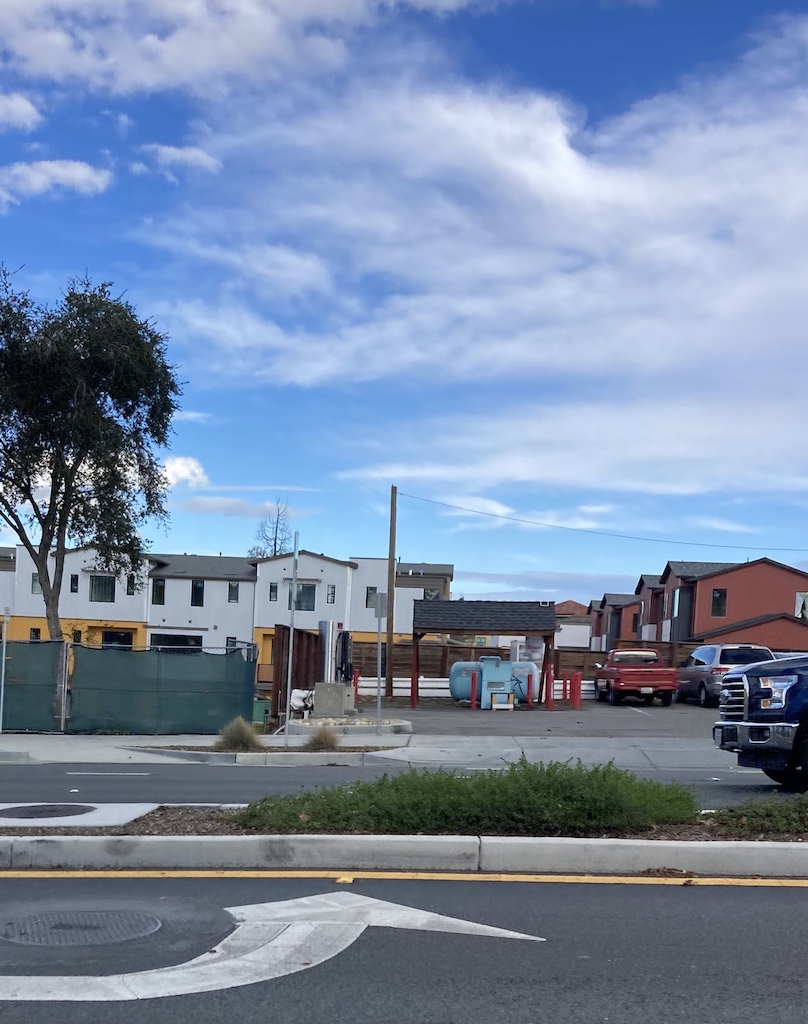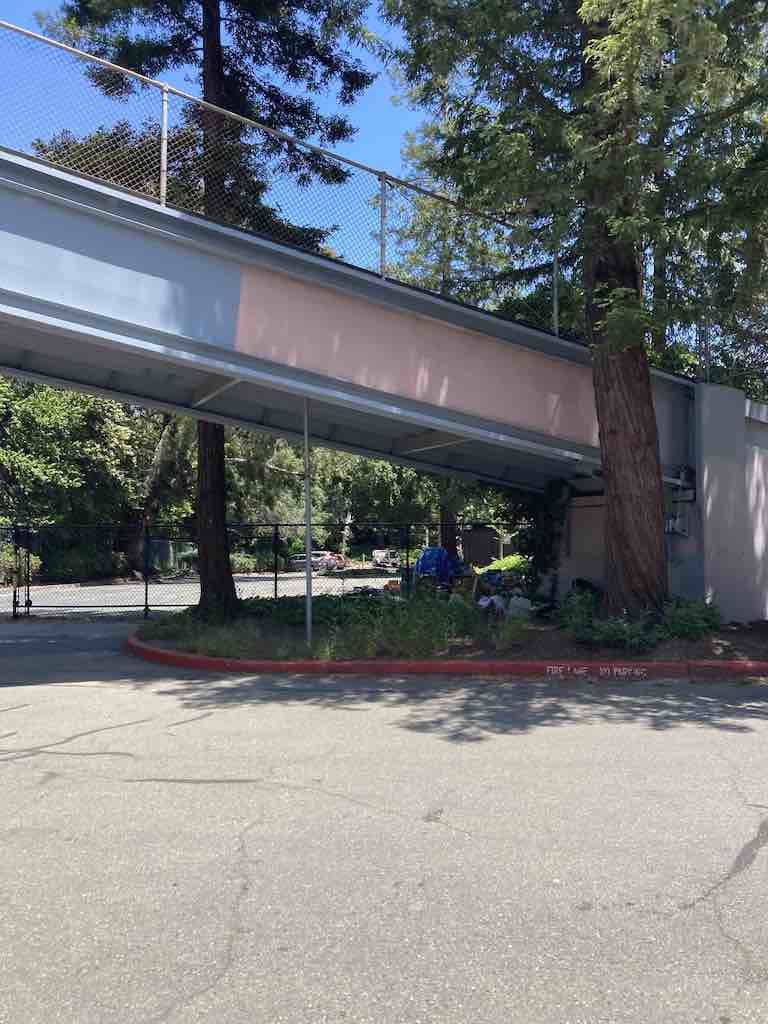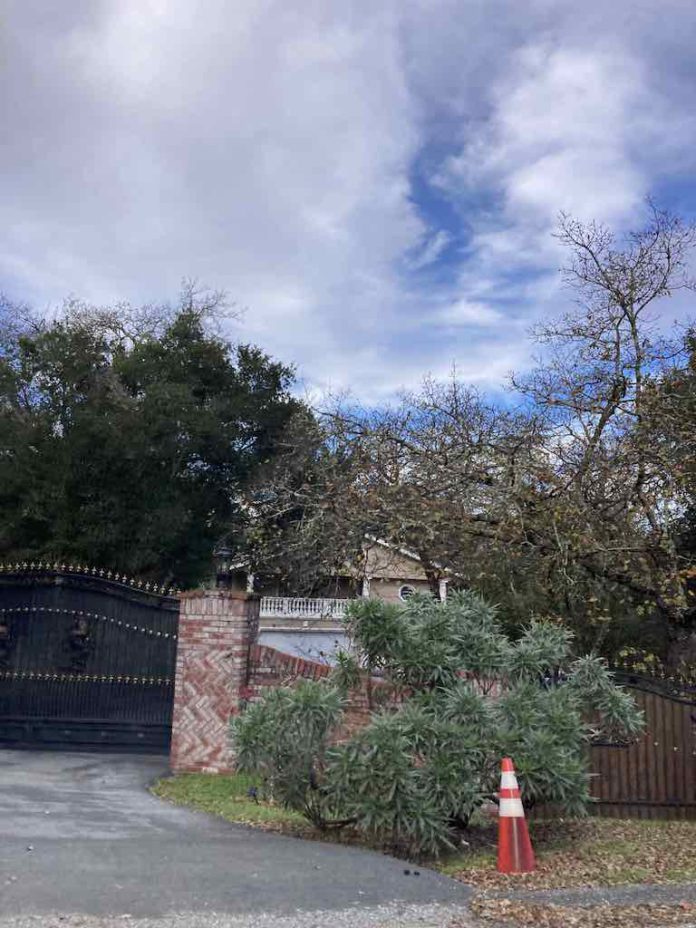Listening to Los Gatos’ elected officials talk about the most recent Housing Element rejection from the Department of Housing and Community Development, one might think the homes ministry had pulled a bait-and-switch.
“‘What? That’s not what you told us we needed to do,’” Councilmember Rob Rennie said at the Dec. 5 Council meeting, for example, revealing the thoughts that raced through his mind when the negative feedback on the residential development plan arrived. “It’s frustrating.”
The Dec. 1 letter harps on Los Gatos for not laying out clearly enough how it will remove barriers to housing based on race—and other factors—and not presenting a comprehensive-enough plan on how it’ll ensure affordable units actually get built.
Sacramento wants to see more specific—and loftier—goals for improving housing options for people of all income levels.
After all, “the Town is wholly a racially concentrated area of affluence” with the “highest median incomes in contrast to the rest of the region,” the State points out.
“Actions should be added and revised with aggressive numeric targets and geographic targets throughout the Town, including lower-density neighborhoods,” HCD Senior Program Manager Paul McDougall wrote to Los Gatos Community Development Director Joel Paulson. “Examples include creating more housing choices and affordability in single-family neighborhoods beyond complying with law (e.g., SB 9, ADUs) such as missing middle housing types, targeting affordable housing funding, homesharing, more than one unit of converted space within a single-family structure, increased multifamily capacity, enhanced efforts on religious institutional sites and other alternative land use and financing strategies.”
Essentially, it was seven pages of bad news, from the perspective of the municipal officials. Their hopes had been built up by a consultant who promised Los Gatos was “95%” of the way to a successful Housing Element.

“Yours is very close to getting there,” Veronica Tam, of Veronica Tam & Associates, told the Planning Commission in November. “What is likely going to happen is when we resubmit the revisions to the State, by the end of the week, they would be able to incorporate the majority of the revisions that we have made and dismiss most of the concerns.”
Los Gatos officials are balancing their desire to appease HCD by taking tangible steps to ensure poorer residents, and people who’ve historically been shut out of the community for other reasons, can soon make a life here, with the strong feelings of many locals who oppose proposals for several-story multi-family housing projects.
“I’m trying to think back through the comments we’ve got,” said Rennie, rubbing his face with both hands during the Dec. 5 discussion, which revolved around easing story pole requirements for developers (which HCD had flagged as one constraint). “They haven’t been completely clear with what they want. It’s almost like peeling an onion. We get a little more each time of what they want. And I’m still trying to look below the layers of onions here, in hopes of shortcutting some of the rounds with them.”
Rennie read out the section of the letter where McDougall talks about the “aggressive numeric targets” that are needed, including in “lower-density neighborhoods,” even beyond the minimums listed in the Regional Housing Needs Allocation tables.
“So, they still think we should do more,” he said.
Rennie had pushed back on up-zoning in single-family neighborhoods across Town during the General Plan update process. He also made the motion to remove the post office site downtown from the Housing Element’s sites inventory—a course of action that was affirmed earlier in the Dec. 5 meeting.
A year of rejections
It’s been a year since Los Gatos began hearing a similar refrain from Sacramento bureaucrats.
On Dec. 13, 2022, HCD talked to Los Gatos staff about the significance of the Affirmatively Furthering Fair Housing program, the importance of the sites inventory section of the Housing Element, and probed for details about the referendum—among other areas of concern.
Los Gatos’ response was largely to focus on supplying more details to convince HCD what it’s already planning to do is in line with the agency’s expectations.
“Staff provided clarification and called attention to the Housing Element’s Implementation Programs BF and BG,” staff wrote in a Dec. 2022 report to Council. “These Implementation Programs would include amendments of the Zoning Code and General Plan for the sites that are included in the Site Inventory so that the referendum would not be considered a constraint on the housing production described in the Housing Element. Staff provided clarifying information to the HCD reviewer on where information is already provided in the Draft Housing Element which will assist at reducing the number of comments from HCD.”
And it played down the threat of by-right housing projects.
“Staff has not heard of any intent from developers or property owners planning to utilize the Builder’s Remedy at this time,” staff reported to Council. “No Builder’s Remedy applications came forward during previous Housing Element cycles when the Town missed the statutory deadlines.”
The Town is now facing multiple formal applications for projects seeking to take advantage of the fact that Los Gatos failed to adopt a substantially compliant Housing Element on time.
But when the first official HCD letter landed in Town inboxes, Jan. 12, the State attempted to make it clear it was serious about pushing Los Gatos to take decisive action to fix its longstanding problems with inequitable housing.
The 11-pager agreed local planners had “briefly” included information in the Draft Housing Element about the high-incomes in town and that certain parts of Los Gatos are likely Racial Concentrated Areas of Affluence.
“However, the entire Town is a RCAA and the element should incorporate this information,” McDougall told staff. “The element should include specific analysis of income and RCAA at a regional level (Town compared to the broader region). The analysis should at least address trends, conditions, coincidence with other fair housing factors (e.g., race, highest resource, overpayment), effectiveness or absence of past strategies (e.g., lack of publicly assisted housing and lack of multifamily zoning), local data and knowledge and other relevant factors. The element must add or modify meaningful programs based on the outcomes of this analysis, including actions to improve housing mobility within and beyond Town boundaries.”

Root Policy Research was enlisted to help with this.
As its findings made their way into a draft of the Housing Element (following multiple HCD rejections of earlier version), some community leaders bristled at the wording.
During a September Housing Element Advisory Board meeting, Ryan Rosenberg, a public representative on the board, said he was “taken aback” and “quite uncomfortable” with what Root Policy produced.
Councilmember Matthew Hudes (who is now Vice Mayor) characterized it as “self-flagellating,” and voted against resubmitting the document to HCD.
He also questioned the strategy, suggested by Tam, to include units that were written into the previous Housing Element.
HCD ultimately forced staff to stop double-counting homes, and chastised Los Gatos for not going far enough to try to eliminate economic and racial segregation with its plan.
It’s not that the Town hasn’t been making progress, as rejections have come in one after the other, it’s just been too incremental, McDougall said in his Dec. 1 letter.
“The element now includes actions to promote an inclusive community; however, the element must provide specific analysis of income and RCAA at a regional level (town compared to the broader region) to better formulate appropriate policies and programs,” he wrote. “The analysis should at least address trends, conditions, coincidence with other fair housing factors (e.g., race, highest resource, overpayment), effectiveness or absence of past strategies (e.g., lack of publicly assisted housing and lack of multifamily zoning), local data and knowledge and other relevant factors.”
The State seemed displeased that 80% of the lower-income housing the Town is required to build is concentrated in two census tracts.
Then-mayor Maria Ristow said she shares Rennie’s irritation with HCD’s communication strategy.
“With every single letter we get back, there are things that didn’t come up in the discussion,” she said. “There are things that we comply with after one submission and then we’re told to do it a different way.”
During the meeting Council agreed story poles will no longer be required for multi-family and mixed-use developments (digital renderings will be used instead), though this still needs to be formalized with a future vote.
The Town’s performance on the housing file has angered some residents.
Hudes has argued Los Gatos should’ve focused on its Housing Element before updating the General Plan—a process that was completed, and then disrupted by the voter’s initiative the prior year.
He was the sole vote against a 5% raise (to $289,572 annually) for City Manager Laurel Prevetti, which was approved during the same meeting.
No one opposed the 3% raise (to $261,258 annually) for Town Attorney Gabrielle Whelan.
Then, on Dec. 19, Council voted unanimously to embark upon a five-step journey towards the promised land of the Housing Element finish line: 1. Prioritizing comments from the Dec. 1 rejection letter; 2. Addressing the most challenging critiques first and involving Council in the draft-review this time (and allowing for public participation). 3. Scheduling Council meetings with staff and the Housing Element consultant on a regular basis; 4. Reviewing the proposed edits with HCD, as frequently as possible; 5. Conducting public engagement via the Housing Element Advisory Board.
The next Council meeting addressing the topic has been set for Jan. 16 at 7pm.
Mayor Mary Badame has pledged to put housing discussions at or near the beginning of agendas.











